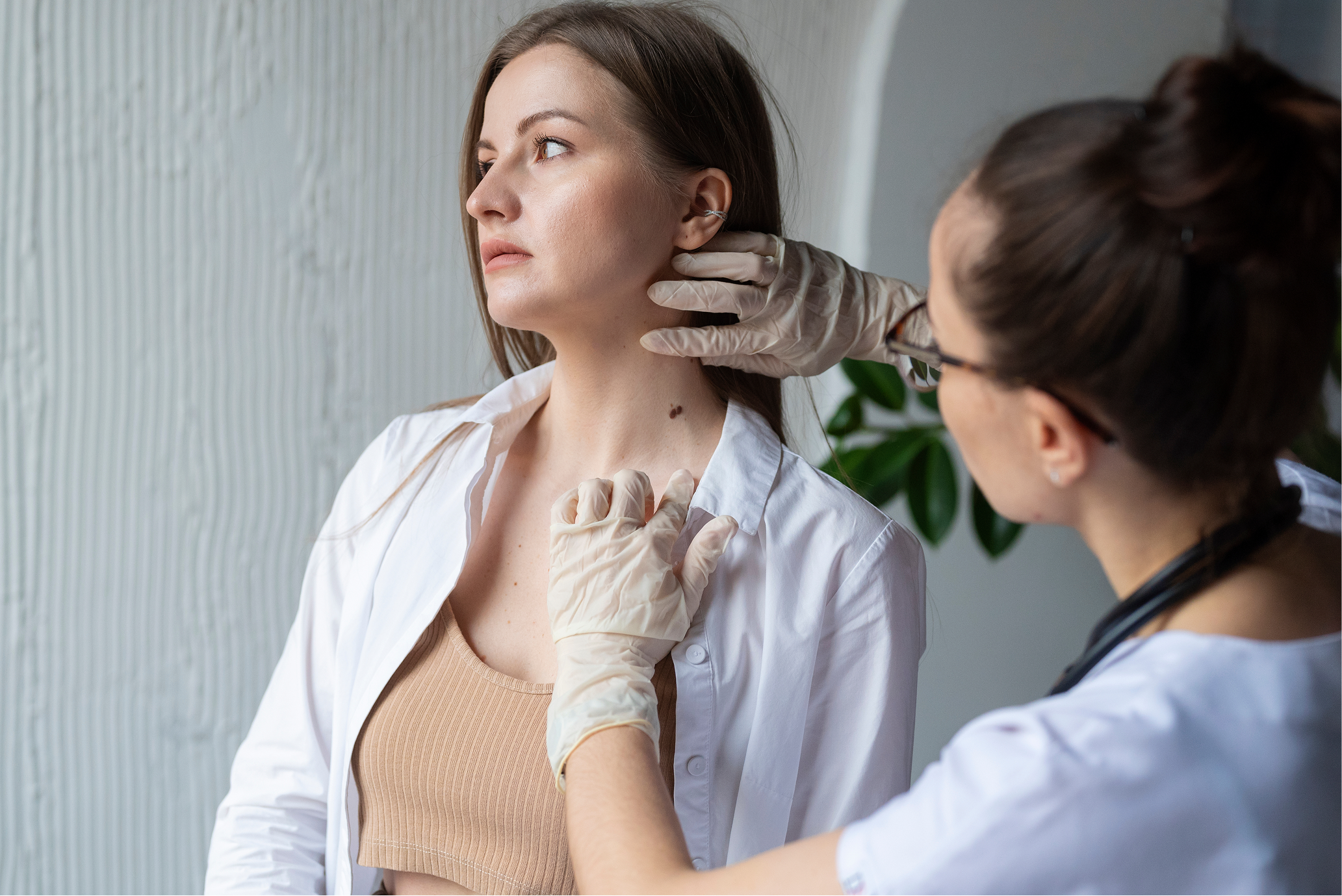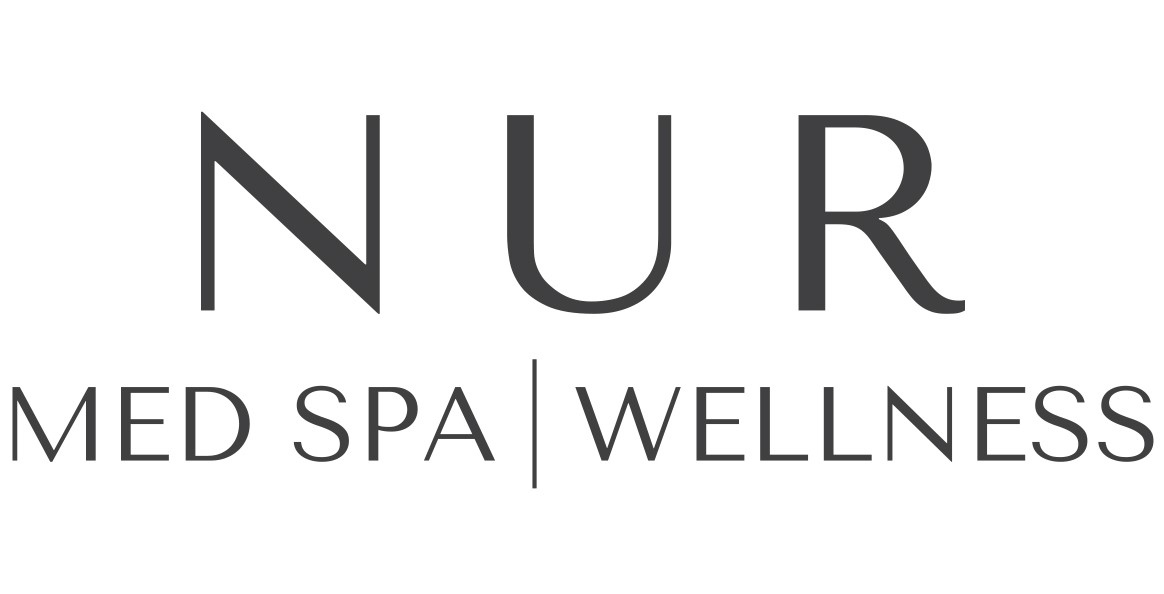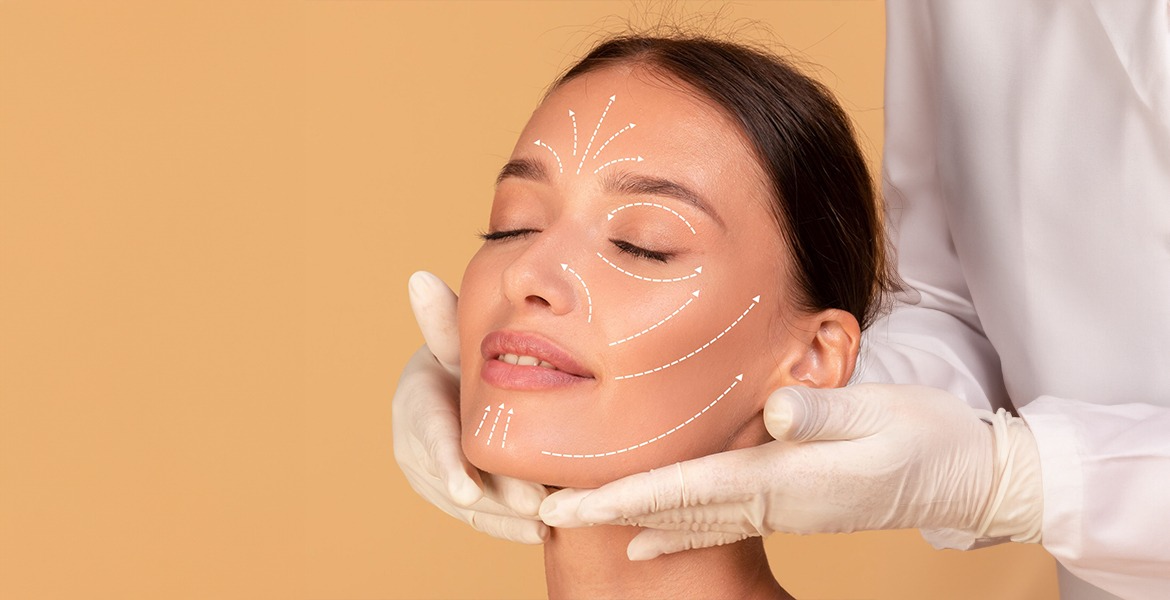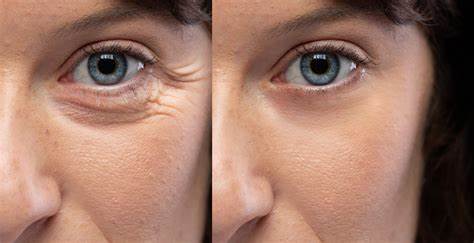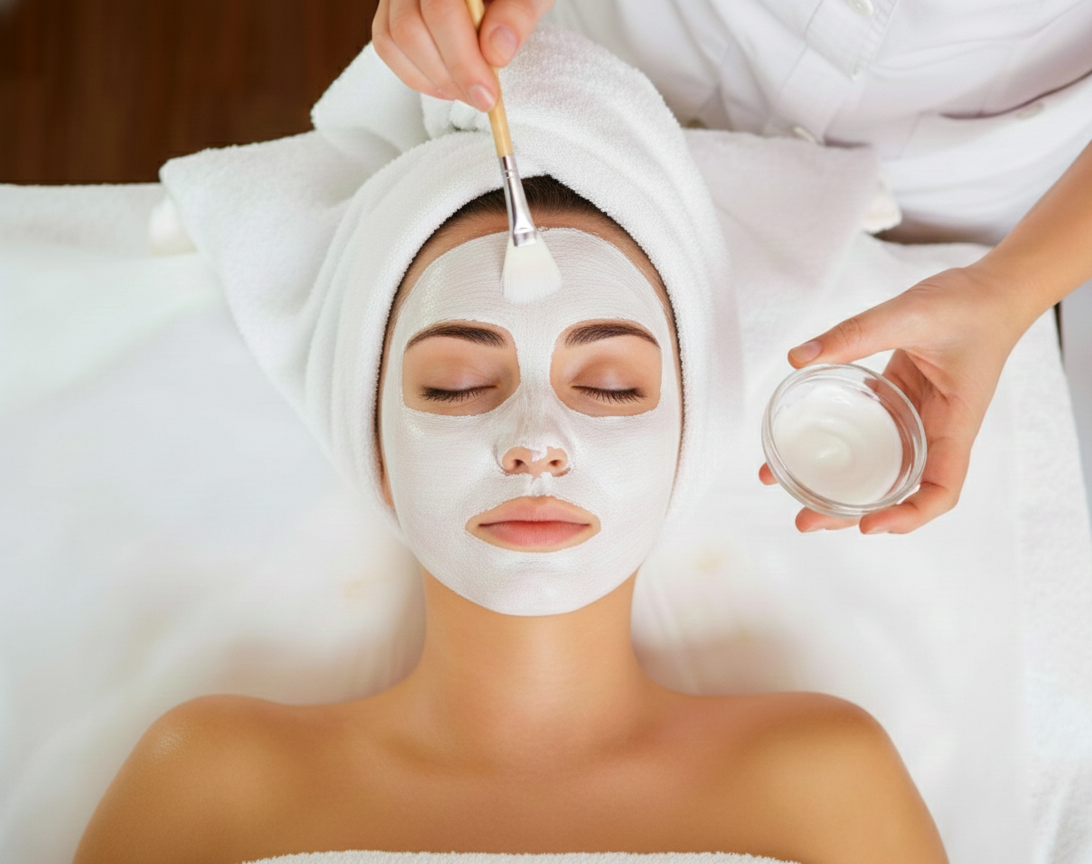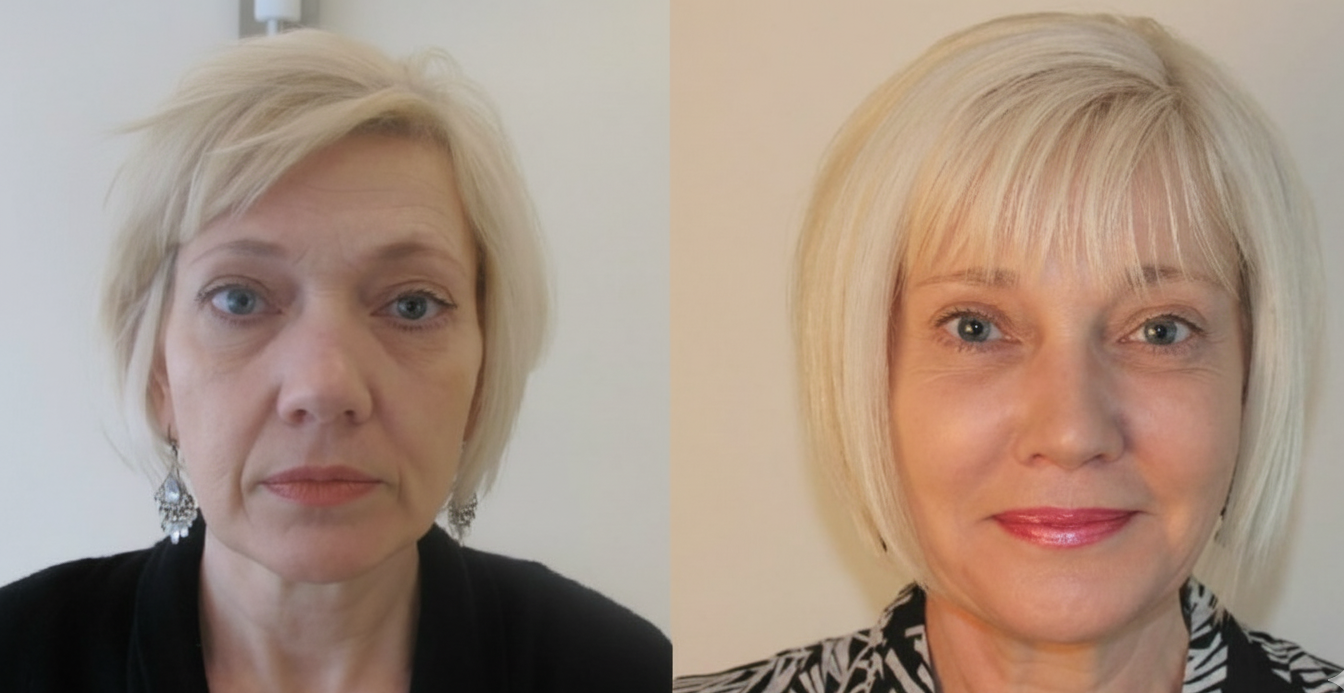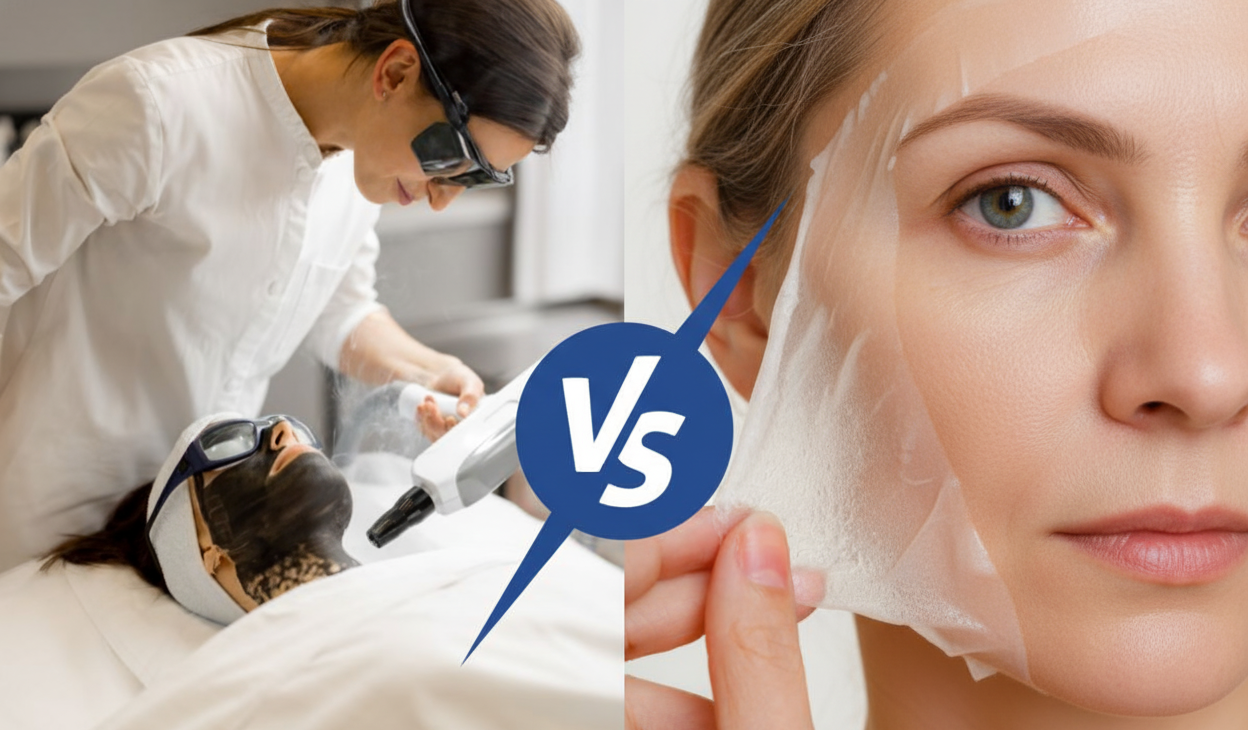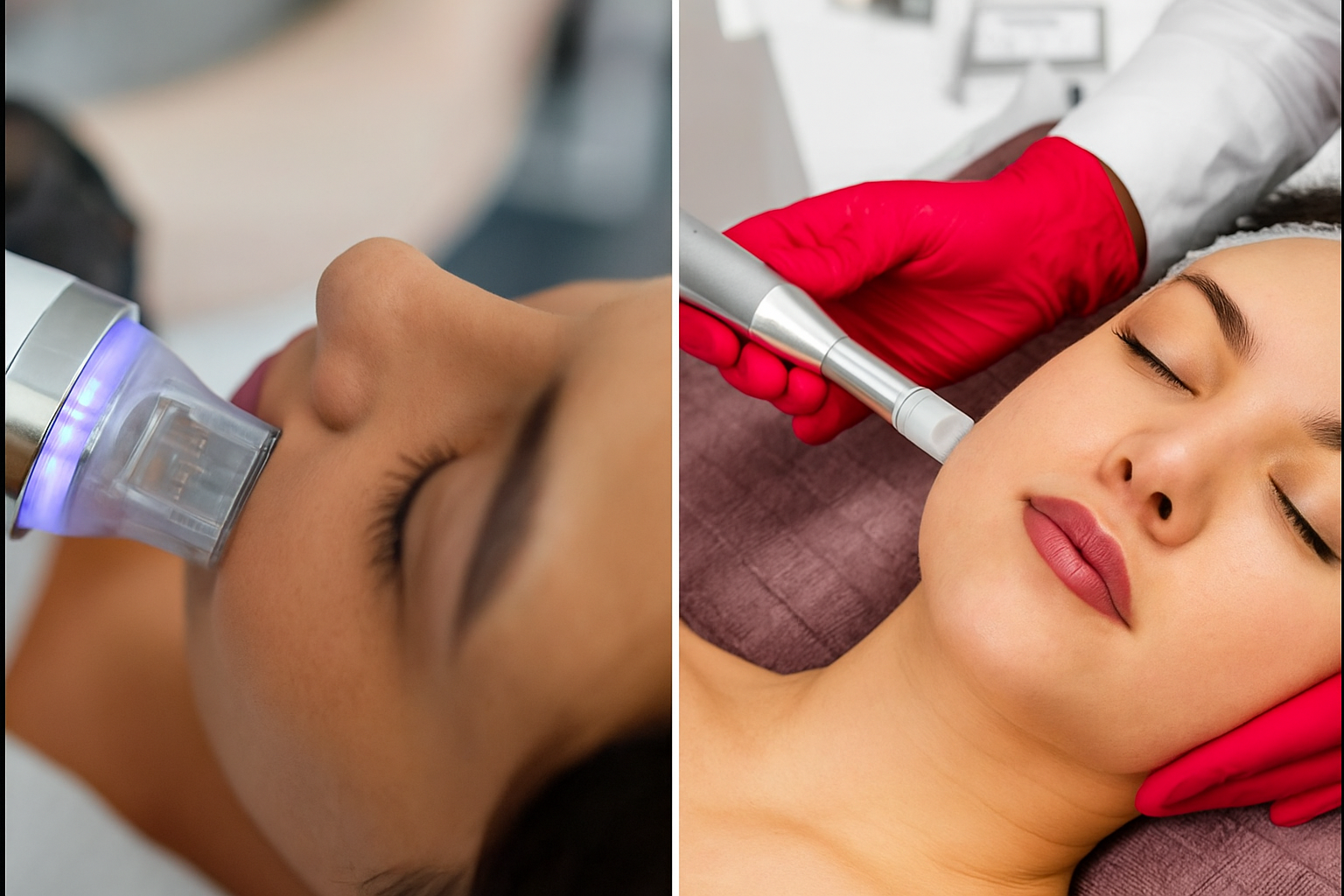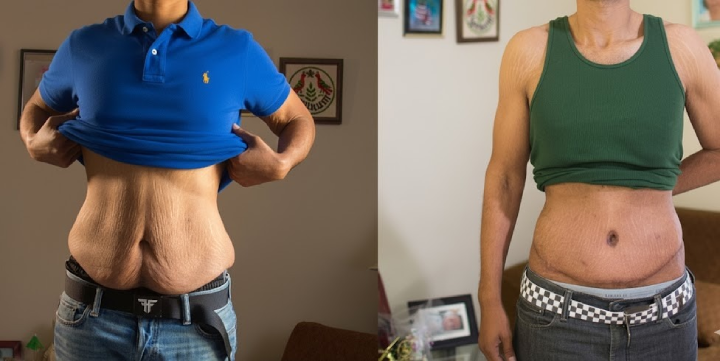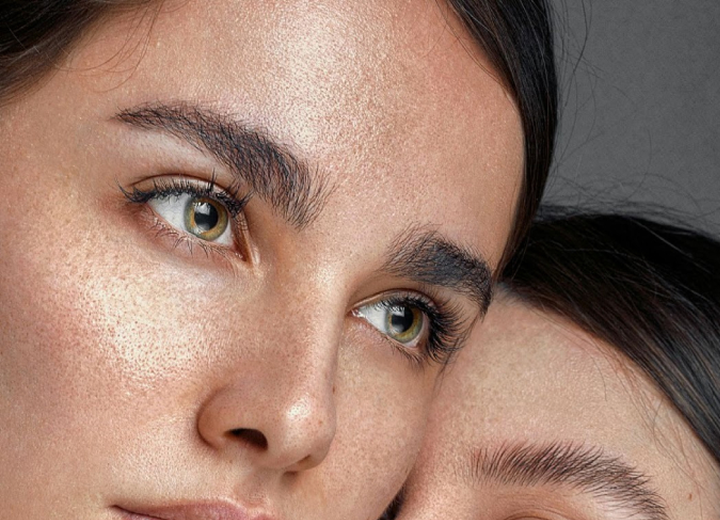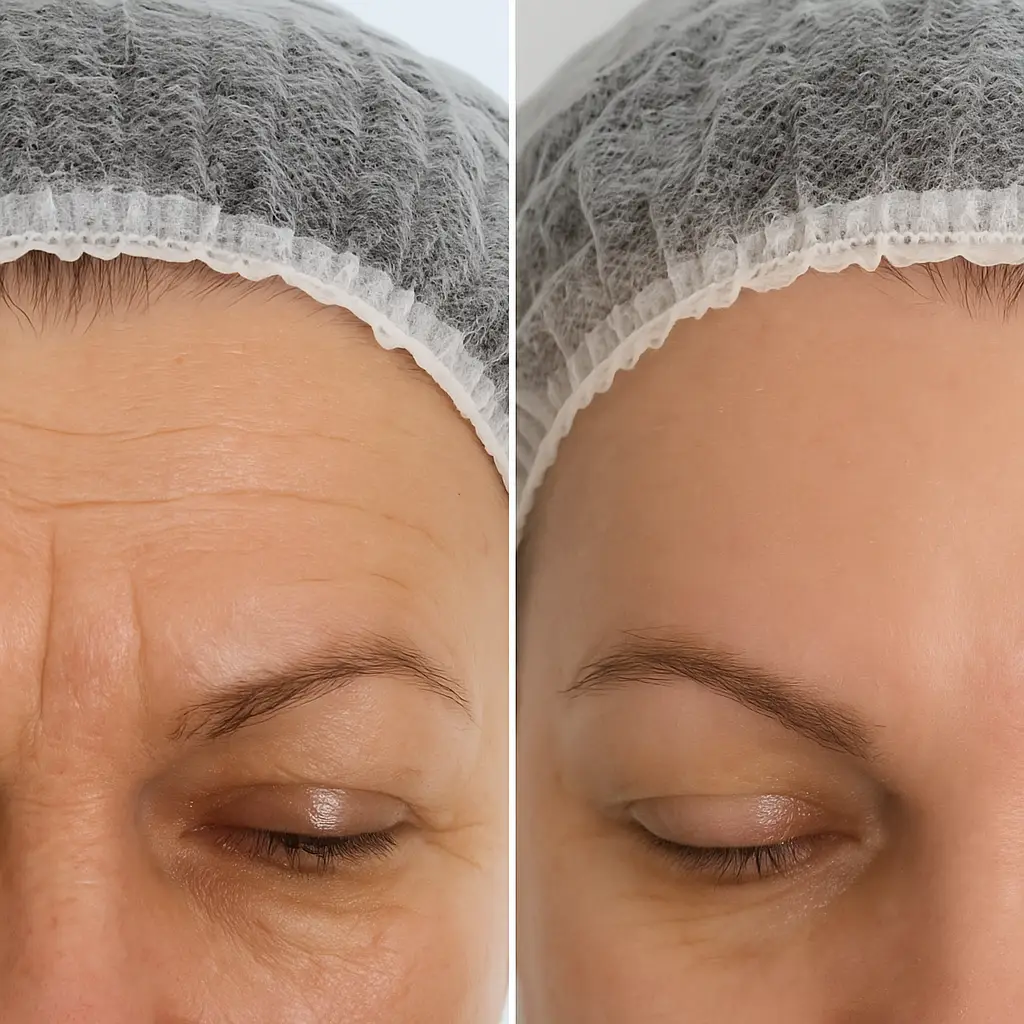
Can Lip Filler Migrate? Yes, and Here’s How to Prevent It
Author: Dr. Saima Rafiq
Updated on August 18, 2025
Summarize this blog post with:
From social media influencers to everyday individuals, the allure of a plump pout is undeniable. And hyaluronic acid (HA)-based lip fillers have become a popular solution, offering enhanced volume, symmetry, and hydration. While many seek fillers as a confidence booster to enhance facial harmony, one complication that concerns both patients and practitioners is lip filler migration. This issue not only compromises aesthetic results, leading to dissatisfaction or the need for corrective procedures, but it also indicates improper injection techniques or unsuitable filler choices, potentially affecting skin health and elasticity over time.
Whether you're considering lip fillers or dealing with post-treatment effects, or researching solutions, I, as a board-certified physician at Nur MedSpa & Wellness, have addressed your questions in this blog to help you make safe, informed decisions.
What is Lip Filler Migration?
Lip filler migration occurs when dermal filler, typically hyaluronic acid-based, moves from its original injection site in the lips to surrounding areas, such as above the lip line, into the philtrum, or even toward the cheeks. This movement can create a puffy, uneven, or "duck-like" appearance, which can be concerning for patients aiming for natural-looking results.
Migration doesn’t always happen immediately; it can develop over weeks or months, depending on factors like injection technique, filler type, and individual anatomy. Understanding this phenomenon is essential for anyone considering or maintaining lip filler treatments, as it directly affects aesthetic outcomes and overall satisfaction.
What are Early Signs and Symptoms of Migrated Lip Filler?
As I have already said earlier, filler migration doesn’t always show up right after treatment. It can develop gradually over the course of weeks or even months. Recognizing the early signs is crucial because timely correction can prevent the issue from getting worse. Here are the most common signs of migrated filler to look out for:
Puffiness above the lip line
A blurred or less defined vermillion border
Asymmetry or uneven swelling
Lumps or an unnatural lip texture
Visible filler under the skin
If you notice any of these changes, contact your injector as soon as possible. Early intervention makes treatment more effective and helps restore natural results.
Why Does Lip Filler Migration Happen Above the Lip?
Lip filler migration is rarely caused by a single factor. Instead, it usually results from a combination of both biological factors and procedural techniques. Understanding these underlying causes is the first step in preventing this concern. Below, you’ll find the main reasons why migration can occur above the lip.
1. Overfilling the Lips
Injecting excessive amounts of hyaluronic acid at once overwhelms the natural lip tissue. When there’s no space for the product, pressure builds up, forcing filler outward often into the philtrum or upper white lip ,leading to product displacement. Gradual enhancement over multiple sessions is safer and more natural.
2. Improper Injection Technique
Incorrect placement such as injecting too superficially or too far from the vermillion border can lead to migration. Inexperienced or poorly trained injectors may not understand lip anatomy or the depth at which to deposit the filler. Only medically trained injectors (preferably dermatologists or licensed nurse practitioners) should perform these procedures.
3. Amount of Filler
Overfilling the lips in a single session can create excessive pressure within the lip tissue, pushing the filler into surrounding areas. We recommend limiting injections to one syringe per visit, especially for those with thinner lips or specific shapes like an "M"-shaped cupid’s bow, which are more prone to migration. Gradual layering over multiple sessions, spaced 4-6 weeks apart, allows lips to adapt to the added volume.
4. Type of Filler
Hyaluronic acid fillers vary in their composition, including cross-linking and particle size, which affect their behavior in the tissue. Some fillers, like those in the Juvederm family, are more hydrophilic (water-attracting) than others, such as Restylane, leading to more swelling and a higher migration risk if not injected properly. Choosing the right filler for the lip’s delicate tissue is crucial, and experienced injectors select products based on their viscosity and integration properties.
5. Natural Lip Movement
Your lips are one of the most mobile areas of the face, constantly moving during speaking, eating, and facial expressions. This mobility can cause filler to shift over time, particularly if it’s not well-integrated into the tissue. The upper lip, with its thinner skin and greater movement during speech, is especially susceptible to migration.
6 Individual Anatomical Factors
Each person’s lip anatomy is unique, influencing how filler behaves. Thin lips or those with less structural support may struggle to hold larger volumes of filler, increasing migration risk. Similarly, underlying muscle structure and skin elasticity play a role. Patients with lower collagen or elastin levels may experience less tissue support, making migration more likely.
7. Aftercare and Patient Behavior
Post-treatment care is critical. Patients are advised to avoid massaging or manipulating the lips excessively, as this can displace the filler. Activities like drinking through straws, excessive talking, or applying pressure to the lips in the first 24-48 hours can also contribute to migration. Following aftercare instructions diligently helps the filler settle properly.
How to Avoid a Lip Filler Migration and Overfilling?
Preventing lip filler migration and overfilling starts with making informed decisions, setting realistic expectations, and planning your treatment procedure carefully. Here’s a checklist of key steps to help you minimize the migration risk:
1. Choose a Qualified Injector
This is non-negotiable. Look for a board-certified dermatologist or a licensed medical spa professional with extensive anatomical knowledge and aesthetic training. Ask about their experience with lip fillers and request before-and-after photos of previous clients. A skilled injector only understands the lip’s delicate structure and uses precise techniques to ensure filler stays in place.
2. Opt for the Right Filler
Discuss filler options with your injector based on your anatomy. Soft, flexible hyaluronic acid fillers like Restylane Silk or Juvederm Volbella are ideal for lips due to their low viscosity and natural integration with tissue. You can avoid high-viscosity fillers meant for body contouring or cheek augmentation.
3. Use Conservative Volumes
Less is more with lip fillers. Gradual layering over multiple sessions prevents pressure overload and improves longevity of results. Most dermatologists recommend starting with 0.5–1 mL of filler and reassessing after two weeks.
4. Follow Aftercare Guidelines
Follow your provider’s post-treatment instructions, such as avoiding touching or massaging your lips for at least 48 hours post-injection, as pressure can displace the filler. Refrain from strenuous exercise, hot environments (like saunas), or drinking through straws for 24–48 hours, as these activities increase blood flow and movement, potentially causing migration.
Reference:
Note: Read more about Do’s and Don’ts After Lip Filler Injections To Help You Heal
What are the Treatments If Filler Migration Has Already Happened?
After you suspect filler migration, you feel distressed. And fortunately, there are effective corrective measures I have mentioned below. The right approach depends on the severity of the migration, the type of filler used, and your personal preferences (patient). Only consult with a board-certified practitioner to receive a safe, personalized plan for restoring your desired results.
1. Hyaluronidase Injections
Hyaluronidase is an FDA-approved enzyme that dissolves hyaluronic acid fillers selectively, restoring your natural lip anatomy within 24–48 hours. A dermatologist or trained injector administers this when migration is visually significant. Multiple sessions may be required for complete correction, followed by re-injection with proper technique.
2. Reinjection After Dissolving
Once the migrated filler is dissolved, you can consider reinjecting lips with improved technique and placement. This approach ensures a more natural and long-lasting outcome, but it’s best to allow time for your lips to fully return to their natural state before reinjecting.
3. Supportive Skin Therapies
If migration has stretched or thinned the skin around the mouth, supportive treatments help restore firmness:
Microneedling with radiofrequency to rebuild collagen.
Laser resurfacing to improve skin texture and elasticity.
Hydration-based facials for dermal plumpness.
4. Waiting It Out
Hyaluronic acid fillers naturally degrade over 6–18 months, depending on the product. If migration is minimal and not bothersome, you can choose to wait for the filler to metabolize naturally. However, this approach delays aesthetic correction and may not suit everyone.
What are the Long-Term Strategies for Optimal Lip Filler Results
To maintain your beautiful and migration-free lips, adopt a holistic approach to skin and lip health. Here are my pro tips to keep your lips in top condition:
Regular Check-Ins: Schedule follow-ups to monitor filler performance and skin health.
Complementary Treatments: Pair fillers with treatments like microneedling or laser resurfacing to enhance collagen and skin texture.
Sun Protection: Apply lip products with SPF to prevent sun damage, which can degrade collagen and elastin, reducing skin elasticity.
Hydration: Drink plenty of water and use lip balms with hydrating ingredients like shea butter or coconut oil to maintain moisture.
Exfoliation: Gently exfoliate lips to remove dead skin, but avoid overdoing it to prevent irritation.
Skincare: Incorporate retinol into your routine to improve skin texture, but use it cautiously around the delicate lip area to avoid irritation.
Lifestyle Adjustments: Minimize habits that stress the lips, such as excessive straw use or smoking, to prolong filler longevity.
What to Expect From a NUR Med Spa and Wellness at Orlando?
Lip filler migration is both preventable and treatable, but only when addressed with clinical accuracy, realistic expectations, and professional oversight. Trust your lips only to experienced injectors like us who understand facial anatomy, filler formulation science, and long-term skin health.
At our med spa in Orlando, our experienced team takes a personalized approach to every treatment.We begin with a thorough facial analysis, explain potential risks in clear language, and use gentle, precise techniques to achieve natural, balanced results. We also set realistic expectations and avoid overcorrection, ensuring enhancements that complement your features.
You can even explore before-and-after results of our actual patients for added confidence. If you're experiencing signs of filler migration or planning your first lip augmentation, we invite you to schedule a consultation call with our specialists. We are located at 12617 Narcoossee Rd Suite 111, Orlando, FL 32832. We prioritize your safety, confidence, and results first, because your face deserves nothing less than expert care.
Disclaimer: This blog is for general informational purposes only and is not medical advice. Always consult a licensed healthcare professional before starting any treatment or procedure. Do not rely solely on this content for medical decisions. We are not responsible for any actions taken based on the information provided.
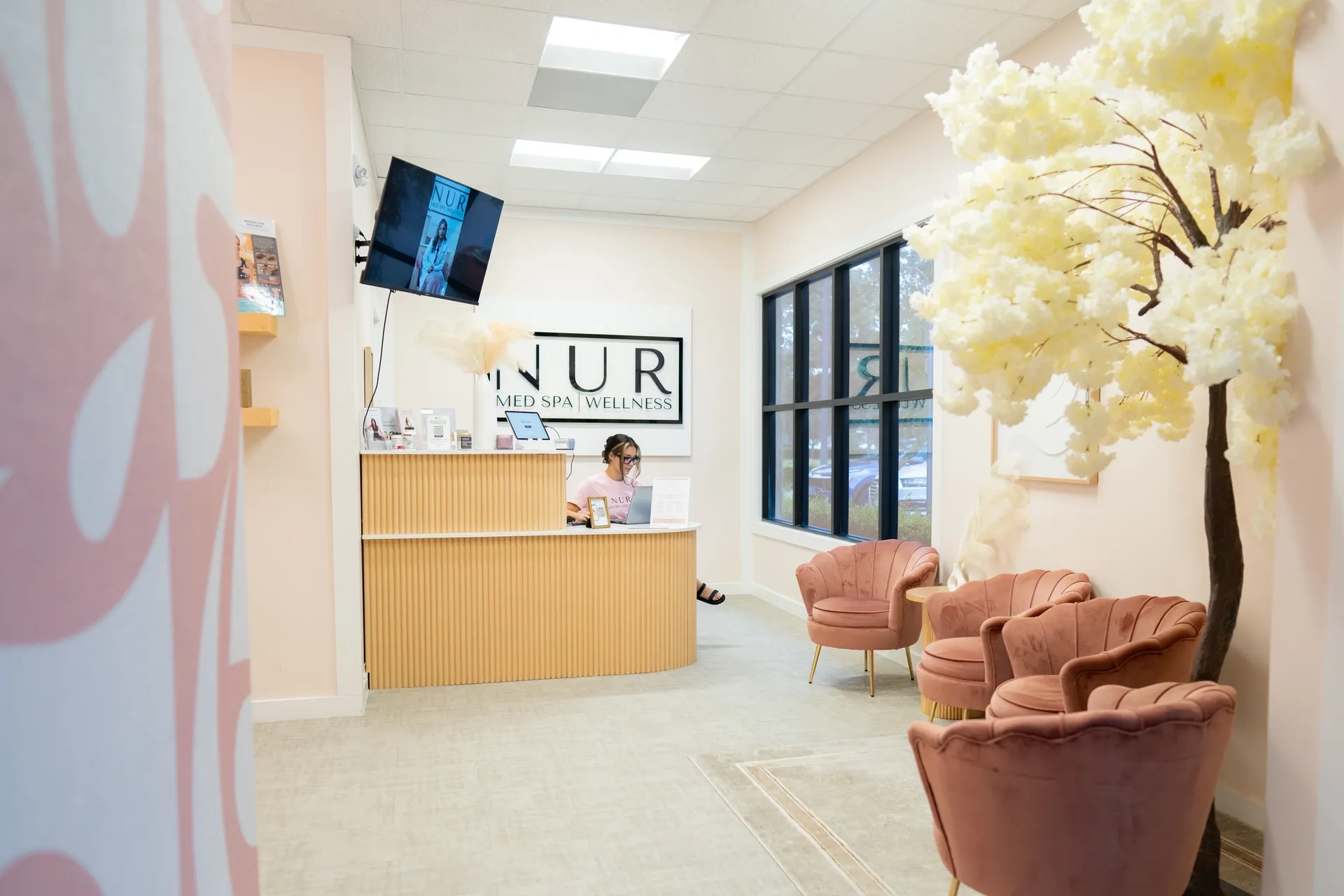
Written By
Dr. Saima Rafiq, D.O.
Top Aesthetic Injector, Osteopathic Physician

Dr. Saima Rafiq, D.O., Co-Founder and Medical Director of NUR Med Spa, brings over a decade of medical expertise to the world of aesthetics and wellness. Board-certified in internal medicine and a graduate of Nova Southeastern University.
14+
Years in aesthetic
200+
Clinic clients served
Get in Touch
We're here to help you look and feel your best. Send us a message and our team will respond promptly.
Patient Education
Educate Yourself Before Your Treatment
We empower our patients to make informed decisions. Explore our resources to learn about treatments, preparation, and aftercare.
